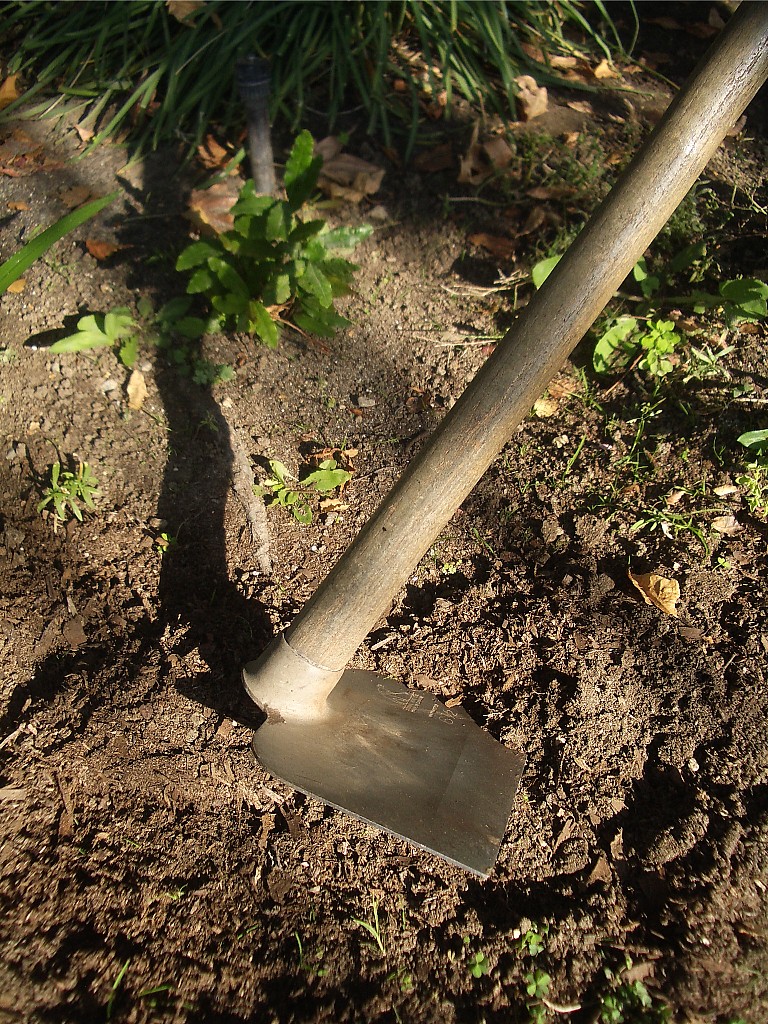 Guest post by Cal Evans
Guest post by Cal Evans
Social networks are great for business. They allow you to connect with a wide audience and interact with them in ways that websites don’t always allow.
Brands from Coca-Cola down to local bakeries are using them to interact with their customers. It is understandable, then, why business owners are flocking to set up shop on social networks and sometimes forgoing the building their own websites in favor of a social network presence.
Is this the smart way to go though? Is a Facebook page really worth more than your own website?
The history lesson portion of today’s program
You only have to think back a few years to MySpace to see why you should not build on someone else’s digital land.
When MySpace launched, it was full of promise, Many people, businesses, and artists flocked to it, creating pages and in some cases, taking down their websites and pointing their domain names to their MySpace page.
Now where are they?
Some recovered because they saw the writing on the wall early on, and moved back to their own domains. By then, though, the damage to their reputation and to their “Google Juice” had been done. It would take time to repair both.
The most recent example of digital sharecropping gone bad were all the companies that built products and services based on Twitter. In the early days, Twitter was happy to have developers use their tools because it helped to build their audience.
However, when it became convenient for Twitter to change the rules and start pushing their own tools, all those products and services found themselves in danger of being kicked off the land they had farmed and helped make profitable.
Farm your own digital plot in 5 easy steps
It is great to use these tools to build and interact with your audience, but never let them be your primary online presence. Use Twitter to build your audience and use Facebook to talk to your audience. In all of these interactions though, make sure your audience knows that you have a web presence.
Websites are cheap these days and easy for anyone with a little determination to get going:
- Owning your own domain will cost you less than $10/year
- Hosting a website can be done for as little as $5/month*
- WordPress can be downloaded for free at wordpress.org, and many hosts will install it for you for free. If not, invest the 15 minutes it takes to get it installed and configured
- Grab yourself one of the thousands of free WordPress themes to give your website a pretty face
- Start putting up content – permanent content – about your business.
* Be careful, in hosting, you usually get what you pay for. Spending a little more on a quality host will go a long way when something goes wrong.
You now have a site that Google and other search engines can uniquely identify as you.
Now that there is no confusion as to who you are digitally, you can venture out to the social networks with confidence. As you set up your pages – as you plant your little sharecropping plots – make sure and point everyone back to your website site.
If one of your digital landowners decides they have a better use for the land than letting you use it, you are still on the web and Google still loves you.
The takeaway
Don’t let someone else own you online; don’t agree to be a sharecropper just because you think it’s easier.
Own your own place on the web, plant your content where you can decide its fate and watch your business grow.
Image: The Marmot via Flickr, CC 2.0
 Cal Evans is a professional programmer, writer and speaker. His passion in life is helping people do great things with technology. His latest book is “Avoiding a Goat Rodeo: How to get what you want when hiring a developer to build your website,” which does just that.
Cal Evans is a professional programmer, writer and speaker. His passion in life is helping people do great things with technology. His latest book is “Avoiding a Goat Rodeo: How to get what you want when hiring a developer to build your website,” which does just that.








[…] way to go though? Is a Facebook page really worth more than your own website?Read my entire post, Are You a Digital Landowner or Sharecropper?, over at waxingunlyrical.com.Tags: facebook, social media, websites This entry was posted on […]
This is the perfect analogy for this situation, and I’m still surprised at how many business owners will keep all the action on Facebook, and leave their own “homes” relatively static. It’s like leaving home to live out of someone else’s van while you pay your mortgage.
@ShakirahDawud,
O I LIKE that anaolgy, I may have to steal that one. :)
Glad you liked the article, thanks for leaving a comment.
=C=
@mdbarber Thank you!
It’s really the hub and spoke approach we always talk about, isn’t it? Go be on socnets, etc., but always try to get people back to your digital “home” since that’s what you can really help grow. And you’re absolutely right – it’s so inexpensive to own one’s own digital home these days, there’s really no excuse for not doing so.
Nice post, Cal – thank you for sharing your smarts with the WUL community!
RT @bdorman264 Are You a Digital Landowner or Sharecropper? http://t.co/ICXCip7z via @shonali
@bonnie67 @bdorman264 Thank you both!
@shonali @bdorman264 Your very welcome. How are you Shonali and Bill?
@tabithaedwards Thank you so much for sharing!
I completely agree with you. I’ve had a few friends ask me why they can’t just have a Facebook business page and this is exactly what I have explained to them. Now I will just save my breath and forward them your post! ;)
@rachaelseda,
Thanks, glad you liked and agreed with it. I’ve see too many companies put all their eggs in one basket that oneone else owns. Your own place on the net is so cheap that just doesn’t make sense not to have one.
Thanks for the comment!
=C=